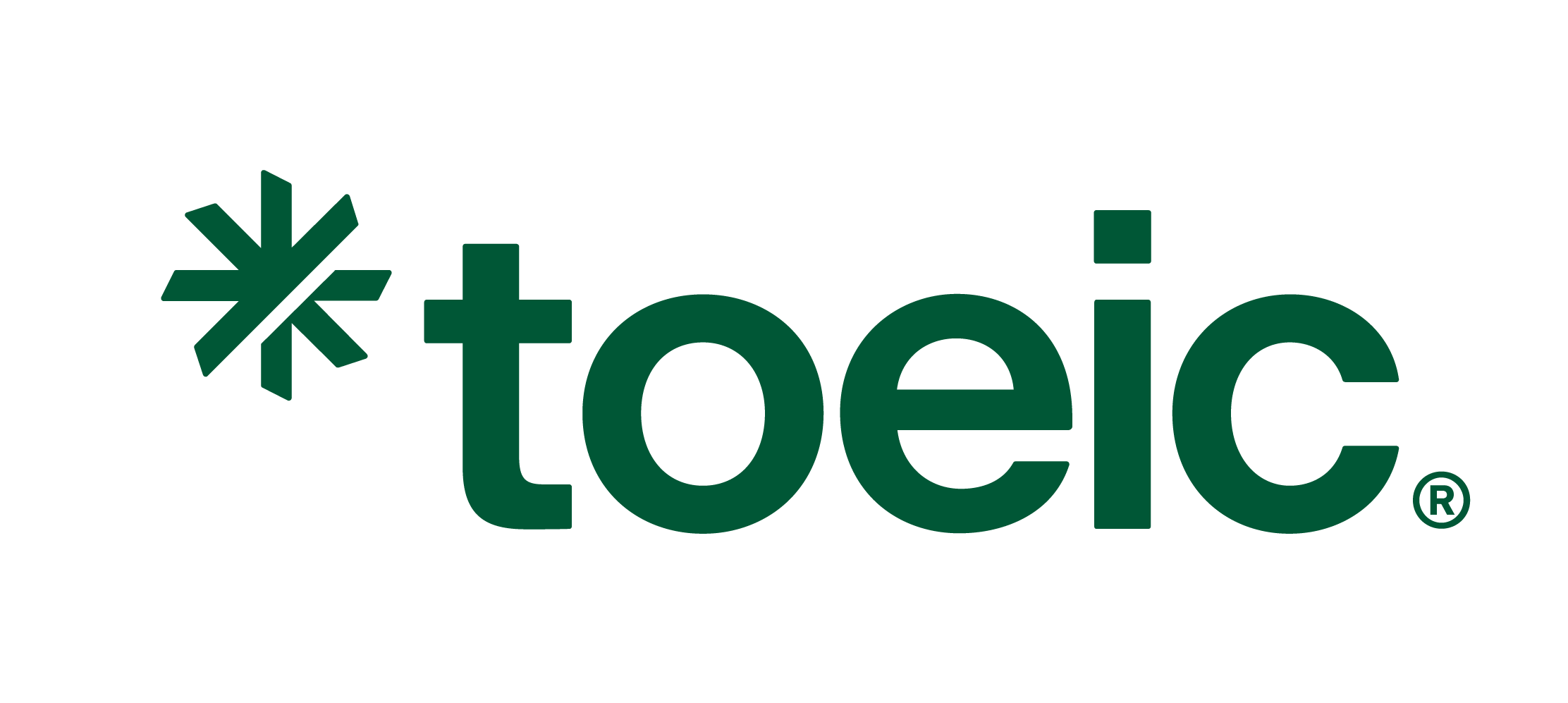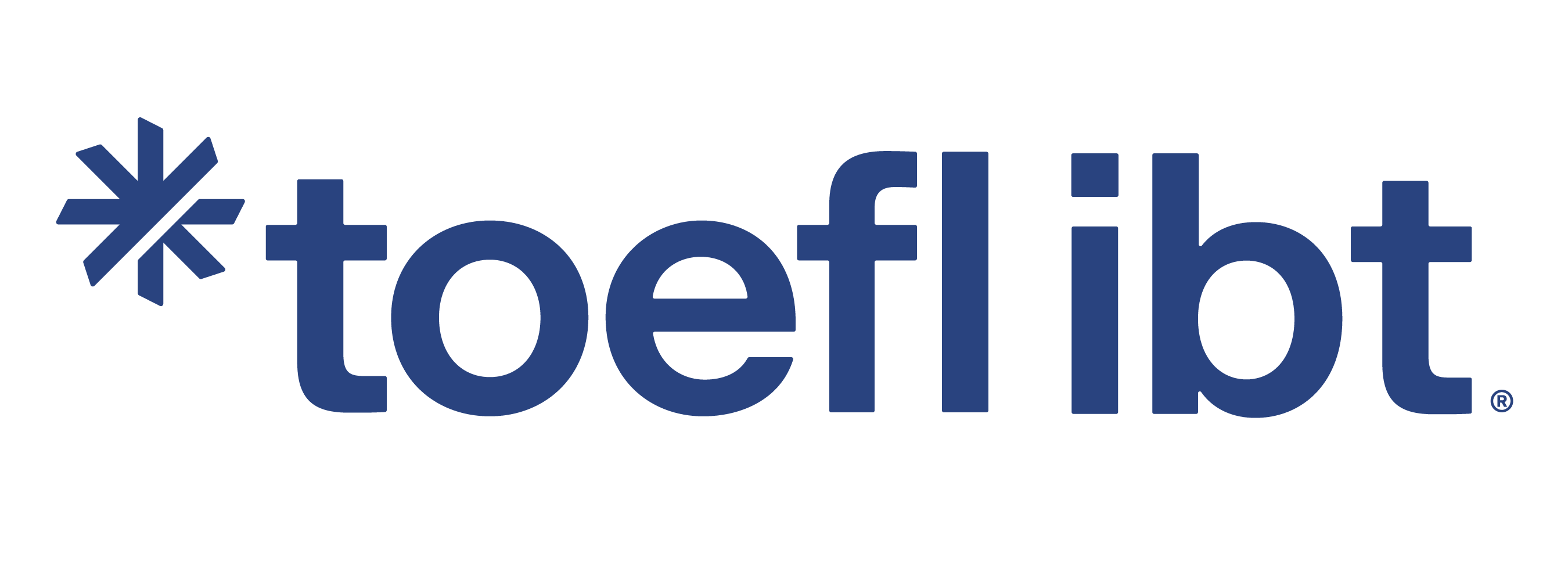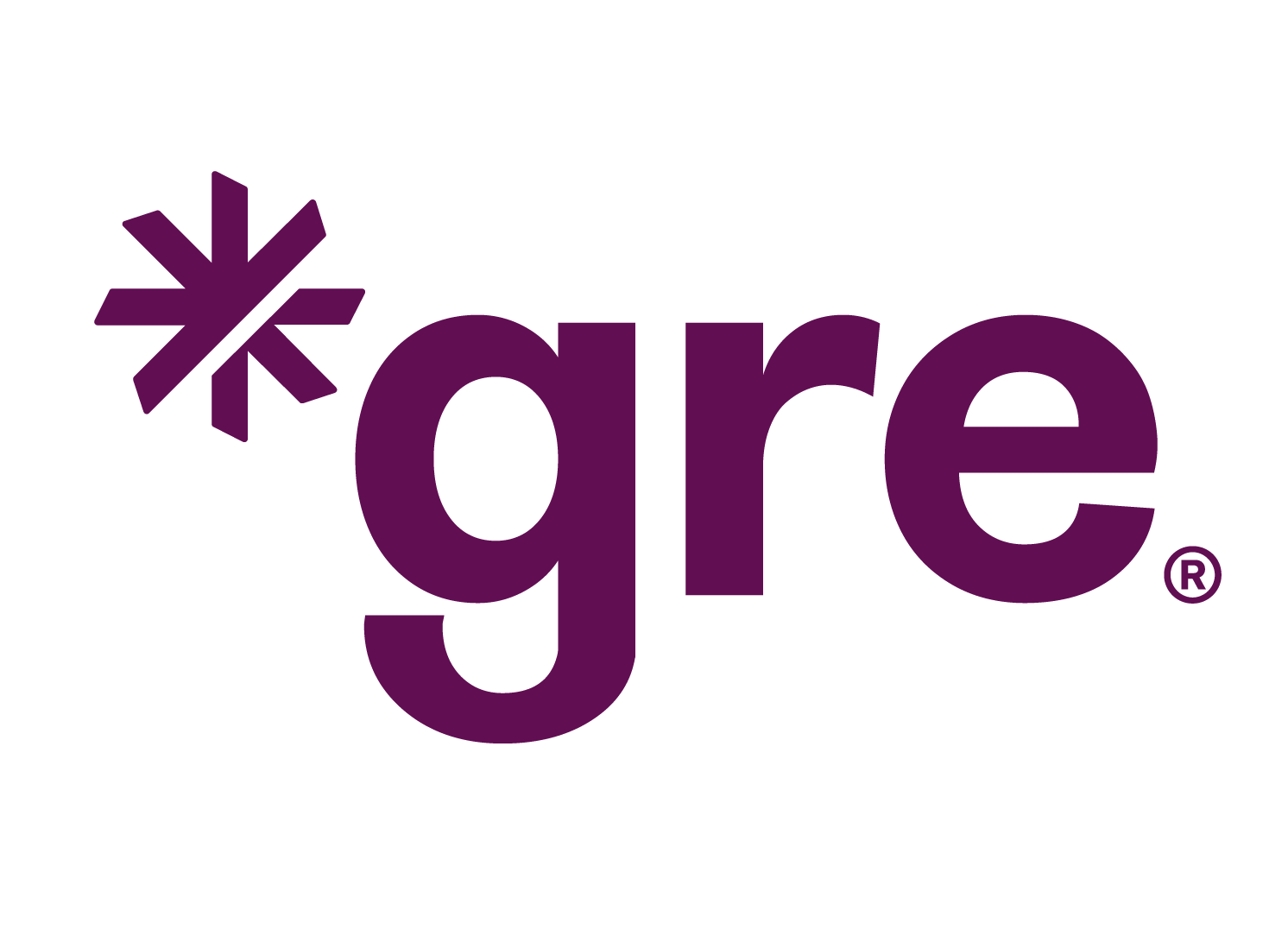GRE Test
1. OVERVIEW
Prospective graduate school applicants across a wide range of disciplines take the GRE General Test. GRE scores are used by admissions or fellowship panels to supplement their undergraduate records, recommendation letters and other qualifications for graduate-level study. Some Subject Tests yield sub-scores that can indicate the strengths and weaknesses in an individual test taker’s preparation and may also be useful for guidance and placement purposes.
2. Benefits of the GRE Test
The GRE General Test and GRE Subject Tests were designed to achieve a specific intended purpose that adds value to the admissions decision-making process. Understanding what the tests were designed to measure and predict can help administrators and faculty assign an appropriate role for the use of test scores, without over-relying upon them to accomplish more than they can.
3. The content and structure of the GRE tests
3.1 The GRE General test
The GRE General Test measures:
- Verbal Reasoning skill
- Quantitative Reasoning skill
- Analytical Writing skill are developed through a long period of time and are not related to a specific field of study.
Scoring:
- Verbal Reasoning is scored on a scale of 200 to 800 (in increments of 10)
- Quantitative Reasoning is scored on a scale of 200 to 800 (in increments of 10)
- Analytical Writing is scored on a scale of 0 to 6 (in increments of 0.5)
Total testing time: 3 hours and 45 minutes (six sections with a 10-minute break after the third)
Test format: there are six sections in the test
| Measure | Number of Questions | Allotted Time |
| Analytical Writing (One section with two separately timed tasks) | One “Analyze an Issue” task and one “Analyze an Argument” task | 30 minutes per task |
| Verbal Reasoning (Two sections) | 20 questions per section | 30 minutes per section |
| Quantitative Reasoning (Two sections) | 20 questions per section | 35 minutes per section |
| Unscored¹ | Varies | Varies |
| Research² | Varies | Varies |
1 An unidentified unscored section that does not count toward your score may be included and may appear in any order after the Analytical Writing section. Questions in the unscored section are being tried out either for possible use in future tests or to ensure that scores on new editions of the test are comparable to scores from earlier editions.
2 An identified research section that does not count toward your score may be included in place of the unscored section. The research section will always appear at the end of the test. Questions in this section are included for ETS research purposes.
The Analytical Writing section will always be first. The Verbal Reasoning, Quantitative Reasoning and unidentified/unscored sections may appear in any order; therefore, you should treat each section as if it counts toward your score.
Test Design Features
The advanced adaptive design of the GRE General Test allows you to freely move forward and backward throughout an entire section. Specific features include:
- Preview and review capabilities within a section.
- “Mark” and “Review” features to tag questions, so you can skip them and return later if you have time remaining in the section.
- The ability to change/edit answers within a section.
- An on-screen calculator for the Quantitative Reasoning section.
Reportable History
- For tests done after July 01, 2016, test takers’ scores can be used for resume applying for 5 years after the test date. For example, the test score from July 03, 2020 test date is valid until July 02, 2025.
- For tests done before July 1, 2016, test takers’ scores will be used for resume applying for 5 years after the test date (01/07-30/06). For example, the test score from May 15, 2016 test date is valid until June 30, 2021.
- GRE scores achieved before July 2015 will not be valid for use for resume application. GRE scores achieved in July 2015 is valid until June 30, 2021.
Note: GRE scores sending procedure will take 5 business days. If you have plans to send scores when the deadline is closing, please sent your request soon.
3.2 The GRE Subject tests
The GRE Subject Tests are offered at paper-delivered test centers worldwide three times a year, in September, October and April. The GRE Subject Tests measure test-taker’s knowledge of a particular field of study.
Each Subject Test is intended for students who have an undergraduate major or extensive background in one of these six disciplines:
- Biology (188 five-choice questions)
- Chemistry (130 multiple-choice questions)
- Literature in English (230 questions on poetry, drama, biography, the essay, the short story, the novel, criticism, literary theory and the history of the language)
- Mathematics (66 multiple-choice questions)
- Physics (100 five-choice questions)
- Psychology (205 multiple-choice questions)
Note: The GRE Biochemistry, Cell and Molecular Biology Test was discontinued in December 2016. Scores will continue to be reportable for five years following the testing year in which you tested (July 1–June 30).
Scoring:
Every Subject Test yields a total score on a 200 to 990 score scale, in 10-point increments. Note that each of the individual test scales occupies only a portion of the 200 to 990 score range.
Every Subject Test yields a total score on a 200 to 990 score scale, in 10-point increments. Note that each of the individual test scales occupies only a portion of the 200 to 990 score range.
Total testing time: 2 hours and 50 minutes. There are no separately-timed sections.
Documents
Updating data...






































